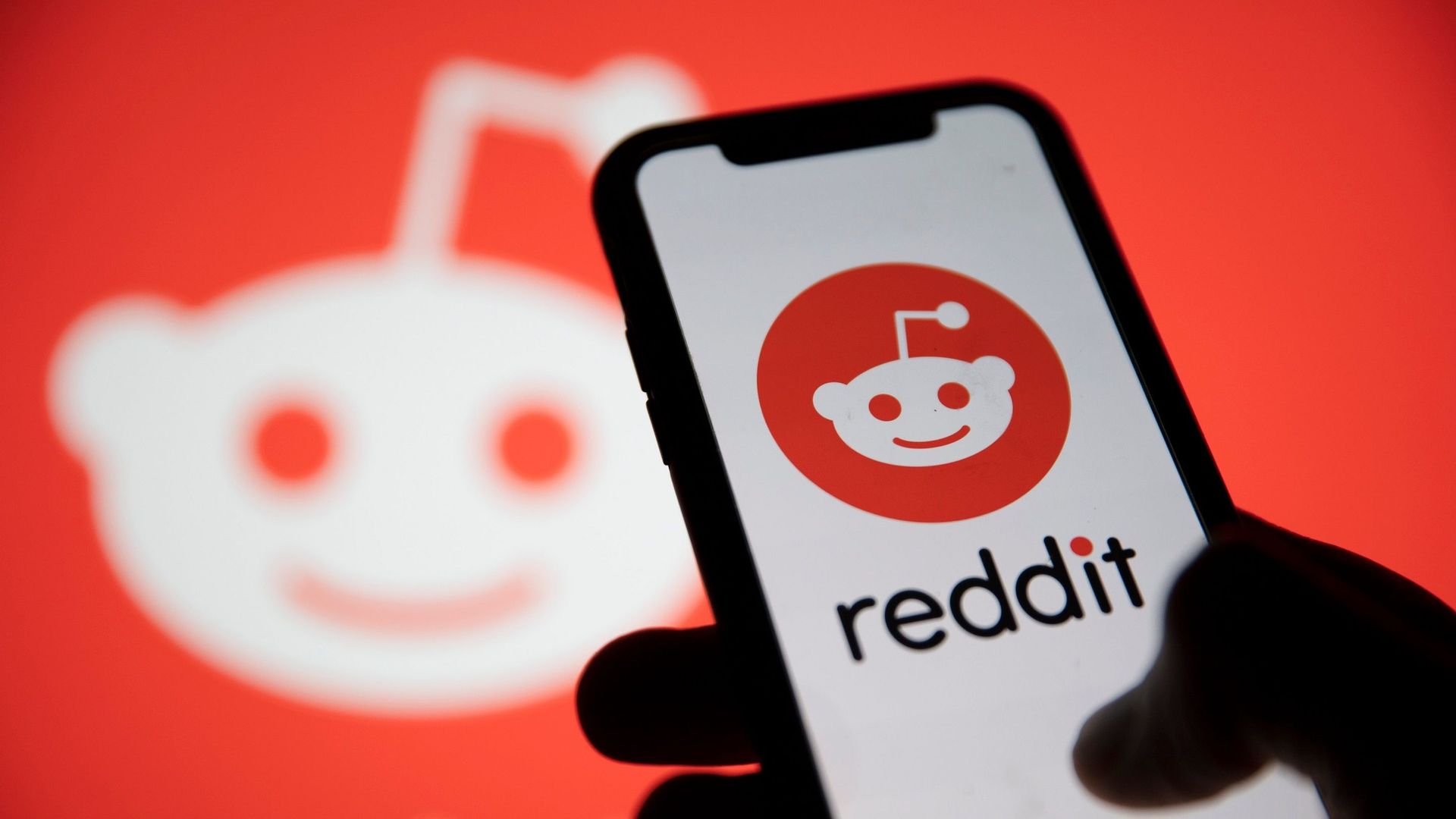
Introduction
In recent developments, Spotify has announced the introduction of age verification for its users, an initiative that highlights the platform’s commitment to user safety and compliance with legal requirements. As streaming services increasingly come under scrutiny for their protections against inappropriate content for minors, Spotify’s move could set a precedent for the industry.
The Importance of Age Verification
Age verification serves as a crucial mechanism to safeguard young users from mature content, ensuring that they have a platform suitable for their age. With reports of children accessing explicit content through various digital platforms, Spotify’s decision reflects a growing awareness and response to these concerns. The verification process aims to create a safer digital environment while also adhering to regulations that protect minors.
How the Age Verification Works
The age verification process will require users to confirm their age when they attempt to access age-restricted content. Spotify has partnered with third-party verification services to ensure the process is both secure and efficient. Users may need to provide additional identification, such as a driver’s license or national ID, although Spotify has assured that it will require only the necessary information to protect user privacy. The verification will be rolled out gradually, beginning in select markets, and will eventually reach global users.
Implications for Spotify and Its Users
While the primary aim of the age verification initiative is to enhance safety, it could also impact user experience. Some users may view the requirement as an inconvenience; however, Spotify is confident that the long-term benefits of ensuring a safer platform will outweigh any temporary discomfort. Moreover, the company anticipates that the move may attract more advertisers and content creators looking to connect with a specific demographic while maintaining compliance with various regulations.
Conclusion
The introduction of age verification by Spotify is a significant step towards increasing user safety and ensuring compliance with legal standards regarding content accessibility. As similar platforms consider implementing their own verification methods, this initiative could catalyse broader changes across the streaming industry. A commitment to protecting younger audiences while promoting positive content consumption is essential in today’s digital landscape, and Spotify appears poised to lead this charge.
You may also like

The Impact of Snapdragon Processors on Mobile Technology

The Importance of Rain Radar in Modern Weather Forecasting
